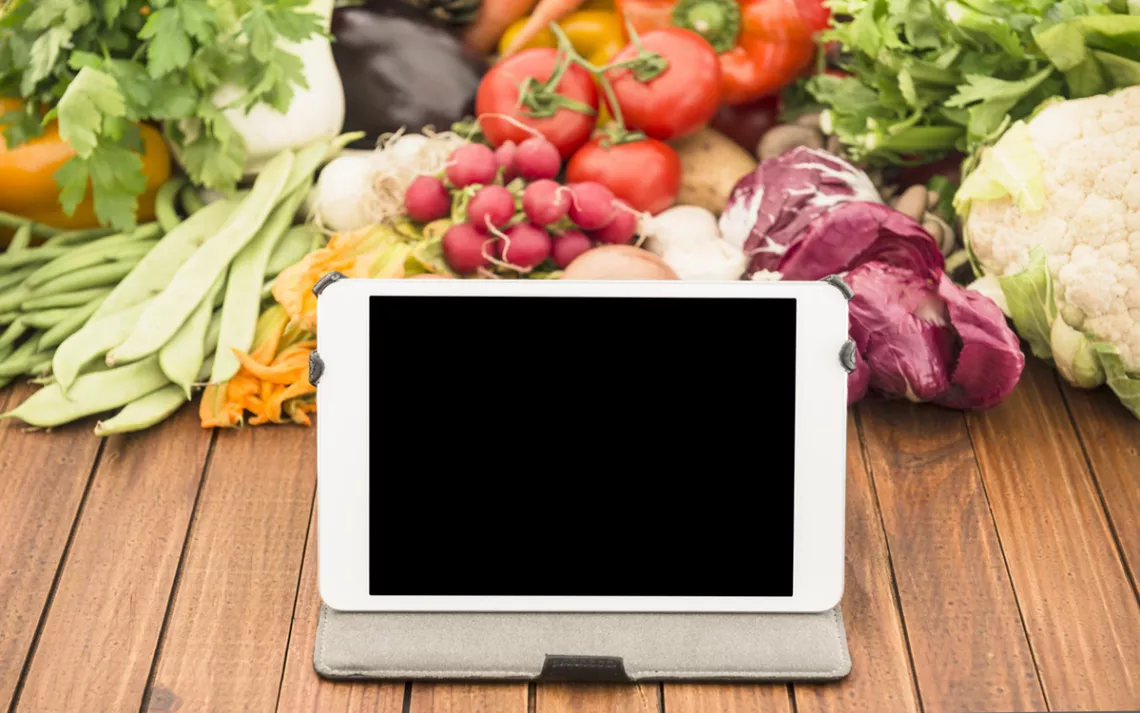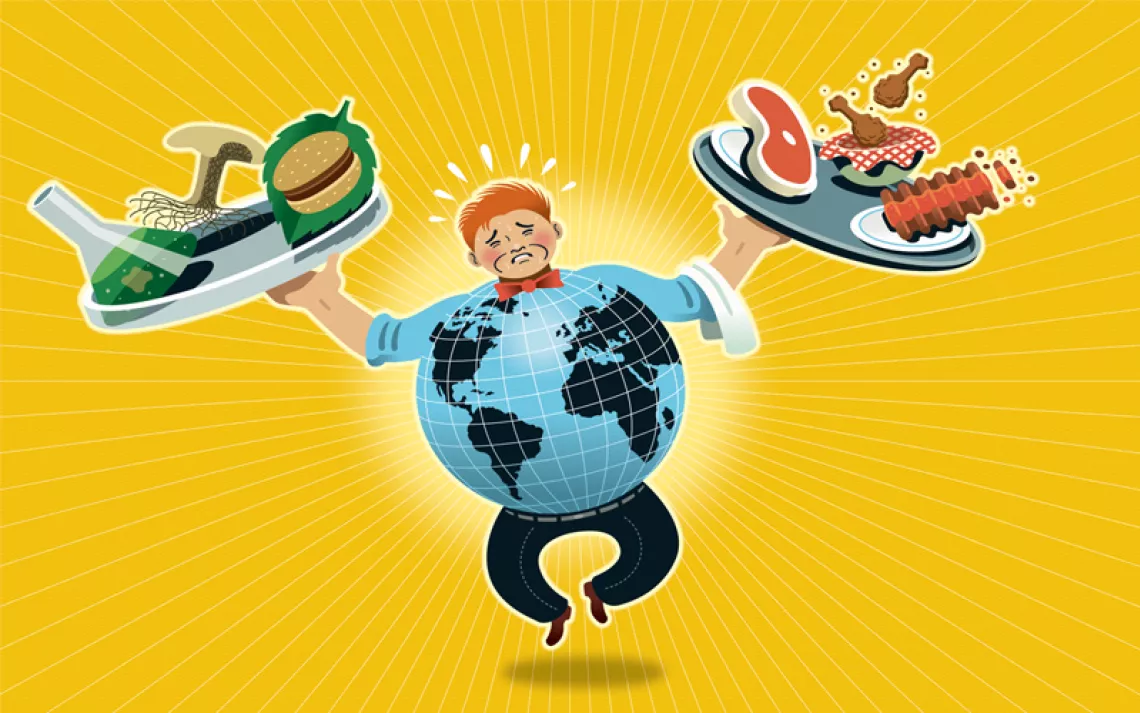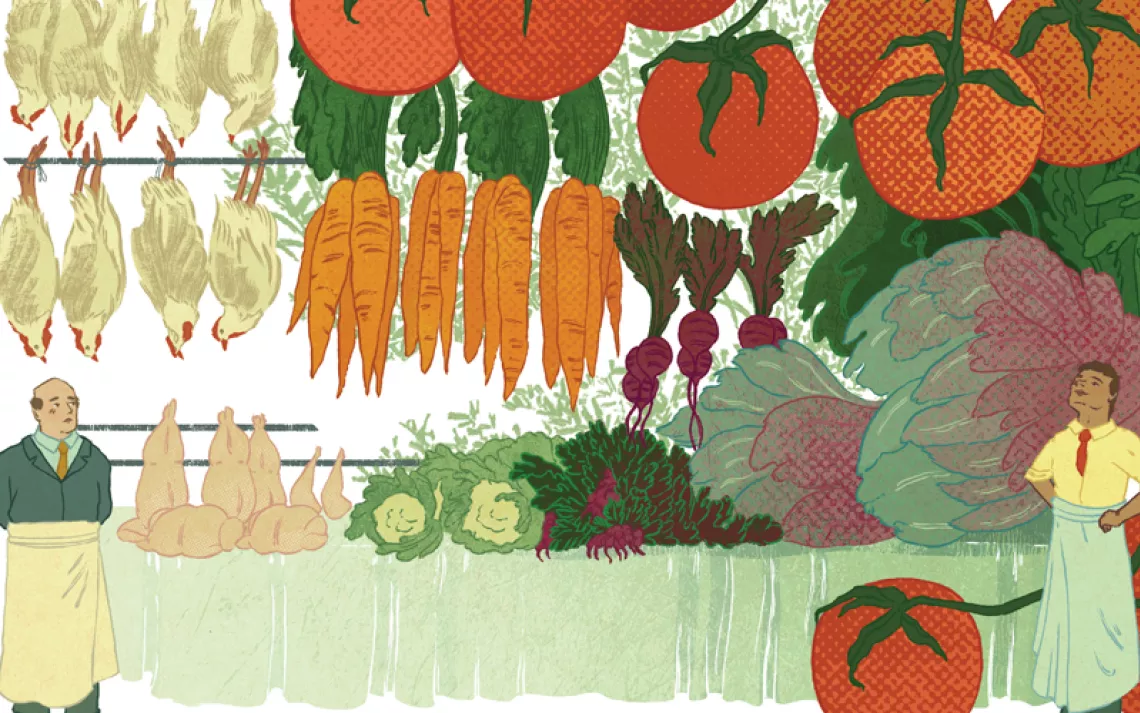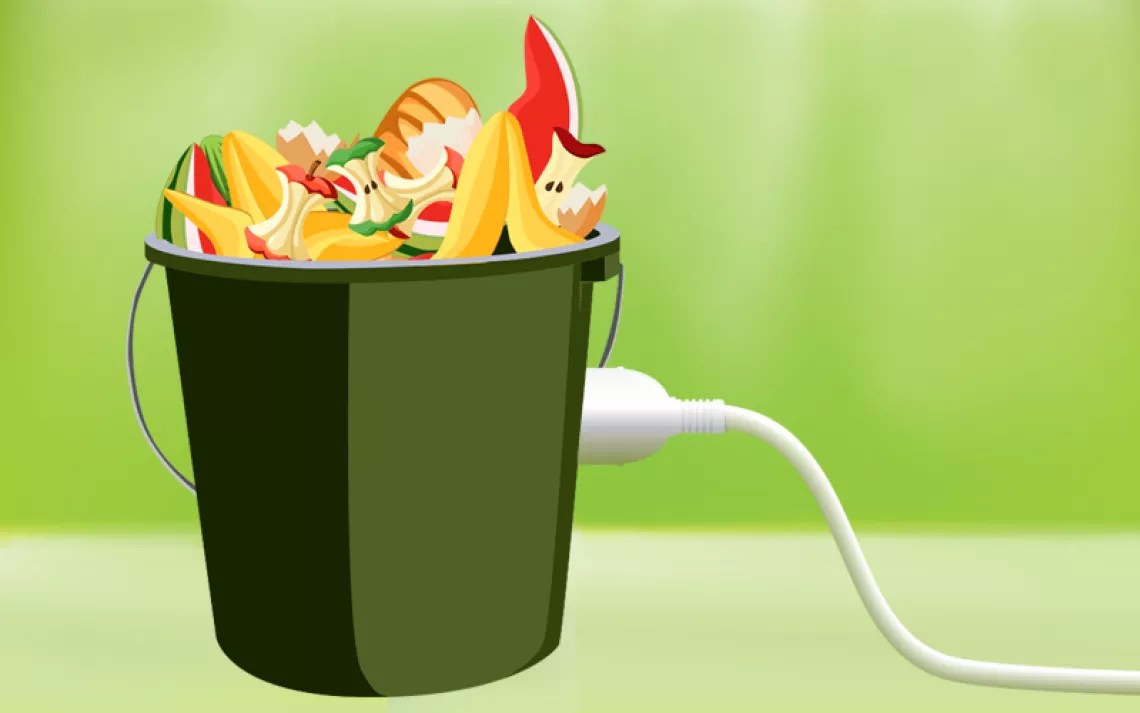Digitizing the Farmers' Market
Disrupting the traditional grocery store model for a more sustainable food system
The sheer scope of the challenges we face when it comes to food systems are well documented: economies of scale that emphasize quantity over quality, the use of technology to obscure and dehumanize production and sourcing, and the proliferation of big-box stores and their single-minded focus on the bottom line. So, how to create a sustainable food system in the face of a mounting population, changing weather patterns, and declining natural resources?
For Kate Galassi, founder and former CEO of Quinciple, the answer lies in disrupting the traditional grocery store model. One among a growing number of “curated digital farmers' markets,” Quinciple allows customers to shop online for fresh produce, dairy, fish, and meats. Groceries are harvested and packaged (in recycled materials) as soon as an order comes through. The company offers boxes of “omnivore,” “vegetarian,” “paleo,” and “vegan” fare, and this summer, Galassi’s subscribers can expect to select from fresh fruits and veggies including peaches, collard greens, chives, and fiddlehead ferns.
There’s also Farm-to-People, an online food delivery marketplace sourcing specialty products from the Northeast; customers who live anywhere between New York and Washington, D.C., can order small-batch, handmade, organic, fair-trade local products and produce from the comfort of home. Founder David Robinov and his son run the company with a focus on environmental sustainability: All produce is GMO-free and all seafood is sustainably fished. Meats and eggs are free-range, and customers can track many products—such as jams and hot sauces—back to individual vendors. Another subscription-based start-up, Good Eggs, offers residents of California’s Bay Area small-batch, locally sourced groceries and meal kits. This month, a “Dinner Bundle” features carnitas street tacos or cacio e pepe with spiralized zucchini (wine is included). Intrepid chefs can sign up for weekly meals, and first-time users can purchase a one-time crateful of artisan goods.
Start-ups like these highlight changes in the supermarket model as consumers increasingly seek on-demand solutions for food shopping—solutions that, ideally, ensure freshness, eliminate waste, and allow for maximum flexibility. While a visit to the local farmers’ market is an experience that can’t be replicated online, digital farmers’ markets offer more transparency than traditional brick-and-mortar grocery stores like Albertsons or Walmart. Consumers can easily pull back the curtain on ingredients, provenance, and practices. Digital marketplaces can also provide better access to those living in “food deserts”—communities where fresh produce and other nutritious fare is difficult to obtain. The objective: a safer, more efficient food industry, with better opportunities to support local businesses and farmers.
While digital farmers’ markets show a lot of potential, this budding industry is not without its challenges. “We were focused on the customer experience, at the expense of margins,” Galassi explains, referring to Quinciple’s initial struggle for profitability. “We weren’t worried about differentiating ourselves from meal kits.”
Indeed, large-scale meal-kit services like Blue Apron and Hello Fresh have landed on a delivery model that’s both financially sustainable and broad in geographic reach: these operations are able to offer 24/7 service and quick delivery turnaround by creating scalable efficiencies (getting food locally, and arranging pick-up points at distribution centers instead of delivery) and by gauging supply and demand. However, neither Blue Apron nor Hello Fresh has committed to sourcing local produce, and both are far from environmentally sustainable: Ingredients are individually packaged in plastic, boxes of food are often transported long distances in diesel-powered trucks, and distribution centers require non-renewable energy to refrigerate stored products. Clearly, these problems aren’t unique to cooking subscription boxes or even digital marketplaces. But when consumers are more concerned with calories than with carbon footprints, big businesses seek few incentives to become ecofriendly.
In migrating farm stands to the Web, however, farmers could maximize sales by digitizing their operations. In allowing shoppers to make purchases with credit cards or scanned QR codes, they can capture data to fine-tune their selling—and even growing—strategies. The recent merger of Whole Foods Market and Amazon already hints at supermarket owners’ efforts to leverage data analytics and other digital tools to boost customer service—but, in doing so, corporate giants put enormous price pressures on small vendors. Thanks to digital farmers’ markets, such farmers can theoretically position their harvests for a future not dependent on big-box buyers seeking a steady supply of cheap goods, but rather through small-scale, local e-commerce businesses with a vested interest in protecting growers.
Experts predict the food system of the future will be complex: a combination of industrial and urban agriculture, small-scale farms, vertical growing spaces, hydroponics, backyard gardening, and community gardening. Digital grocery marketplaces could play a role in hastening the decentralization of food and the elimination of hunger and food waste—effecting a global transformation of production and consumption as we know it.
 The Magazine of The Sierra Club
The Magazine of The Sierra Club








